I’ve stumbled across photos by Tom Hoops in one of the fashion photography showcases. Extravagant ideas are typical of fashion industry, but I think Tom’s works stand out among others and I was hooked by his style immediately. Browsing photographer’s personal website I felt as if I was watching a psychological thriller – strong, compelling, sometimes a bit mad faces I saw there were terrifying and intriguing me simultaneously. Unconventional subjects, heavy use of black and white and a magnetic dark mood in every image make Tom Hoops’ photographic style truly original and recognizable whatever genre he works in (including portraiture, fine art, photojournalism, fashion and commercial photography). Today I’m happy to introduce you this talented photographer and interesting person.
We thank Tom for taking time to do an interview with us and share his thoughts and images with our readers.
We thank Tom for taking time to do an interview with us and share his thoughts and images with our readers.
